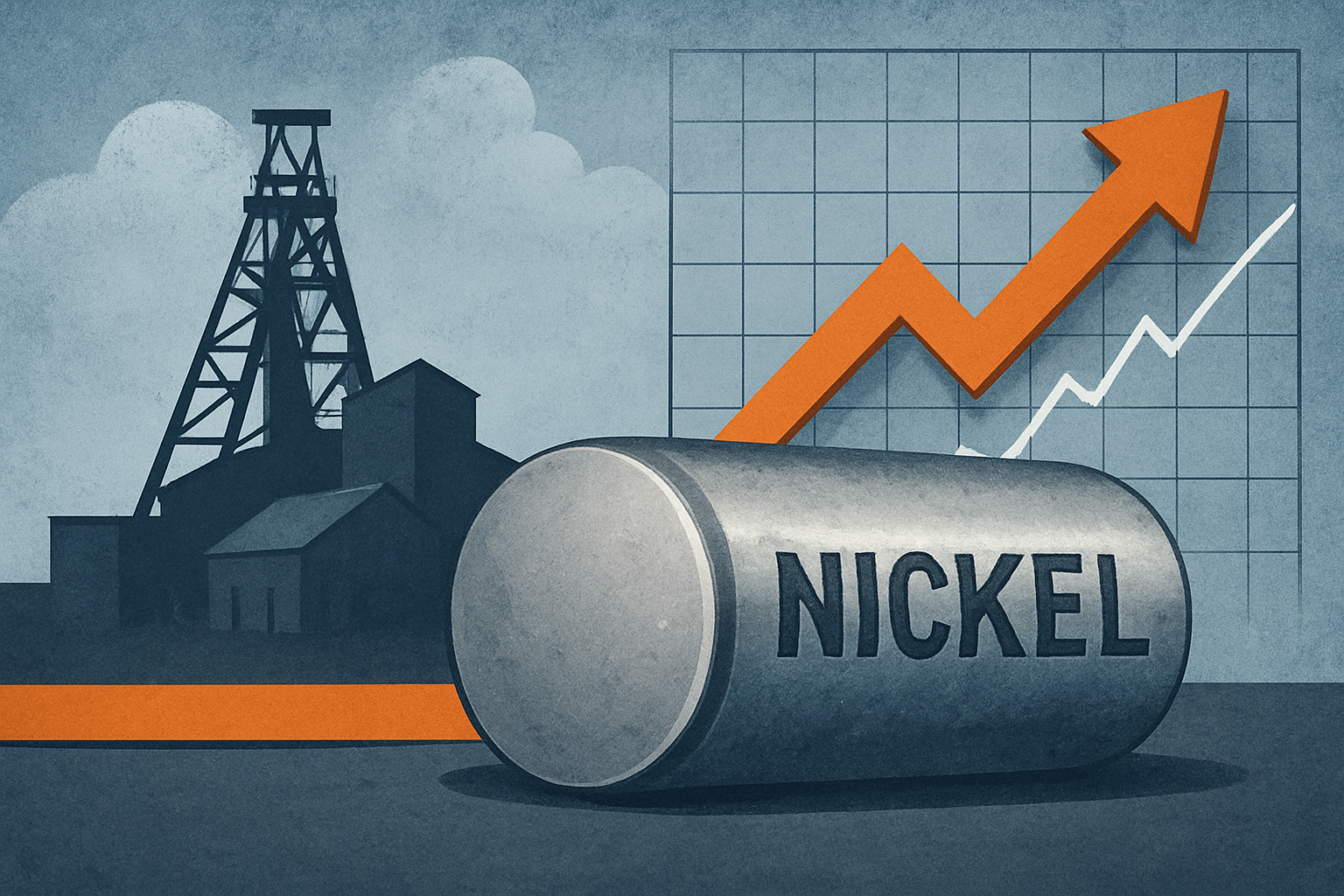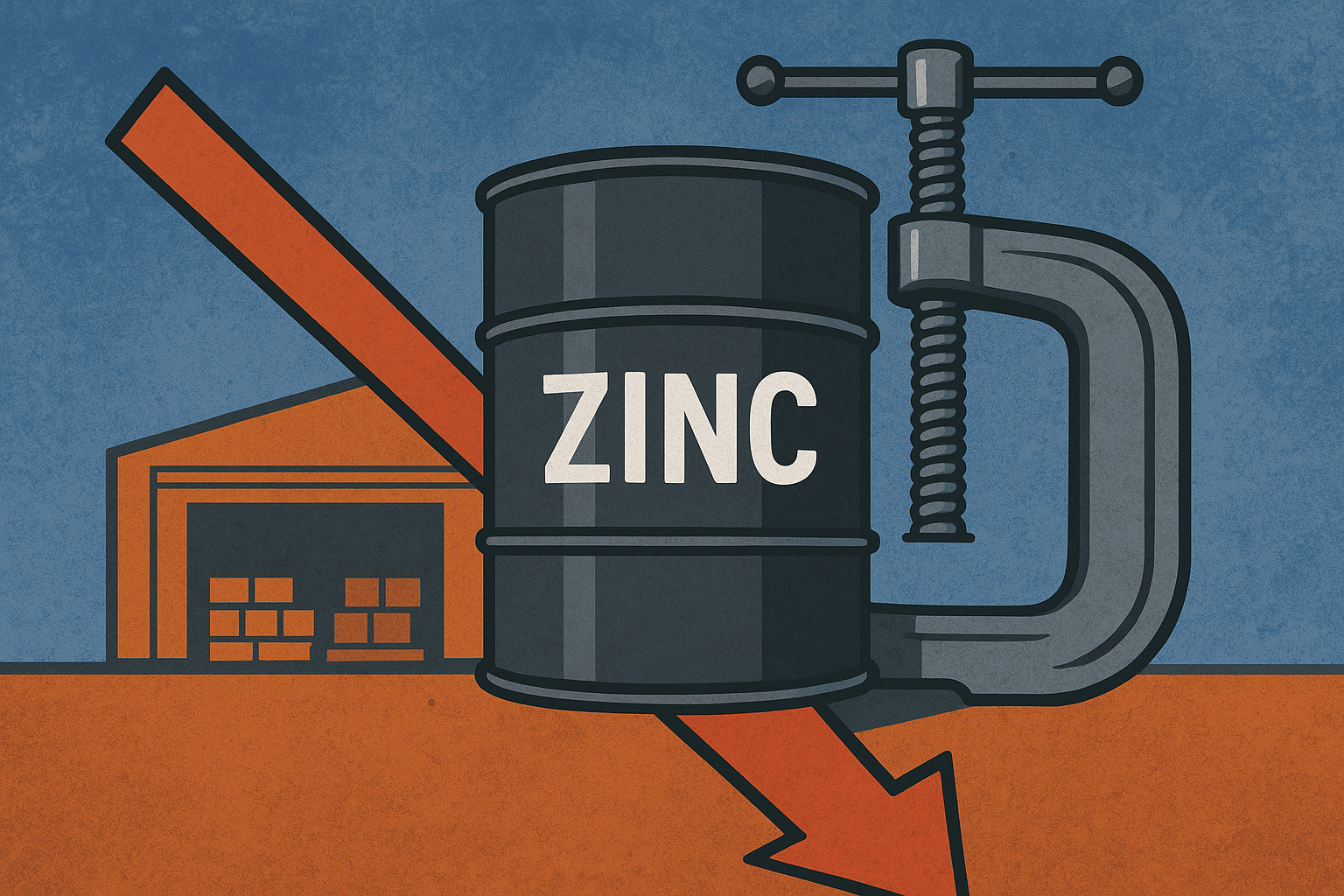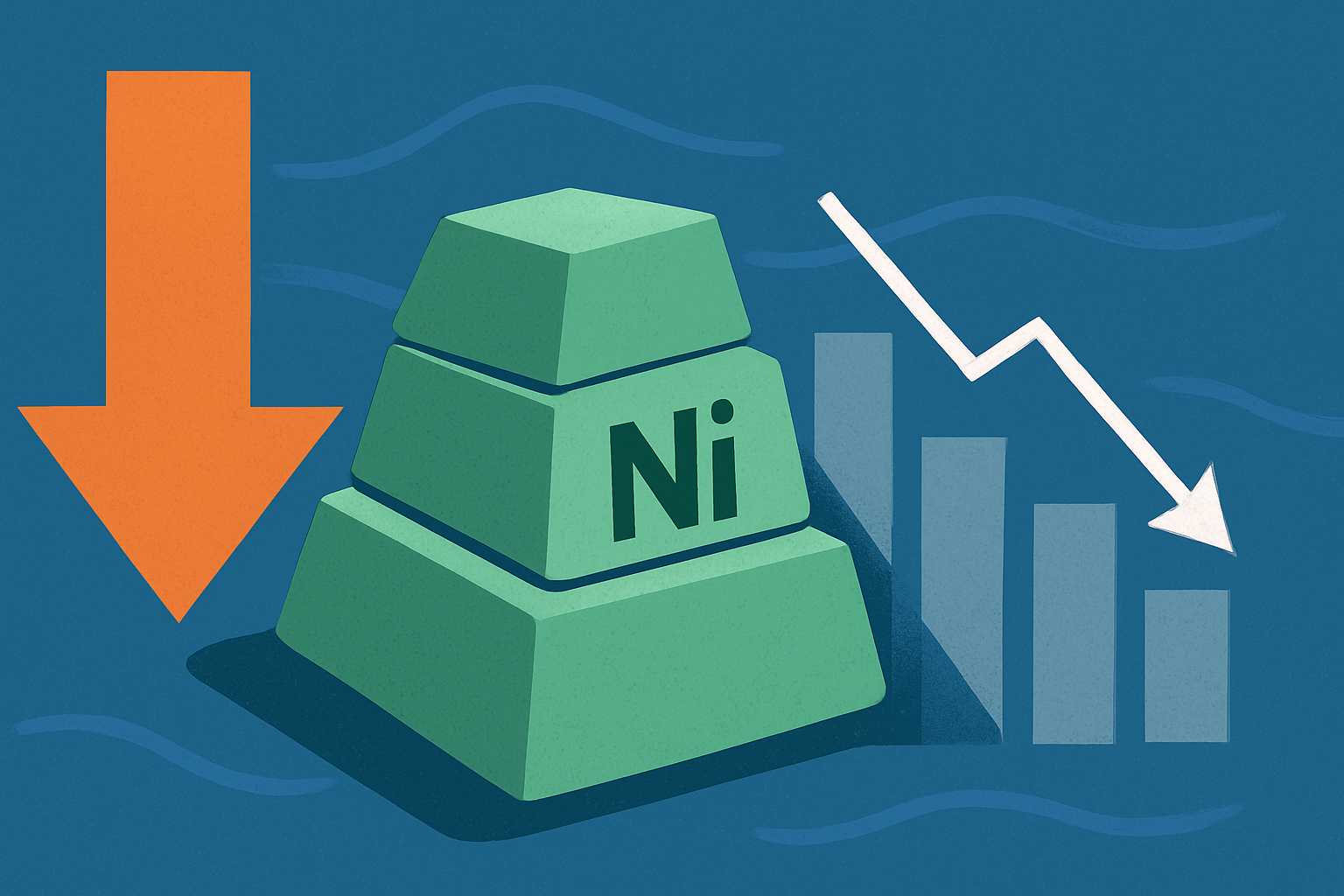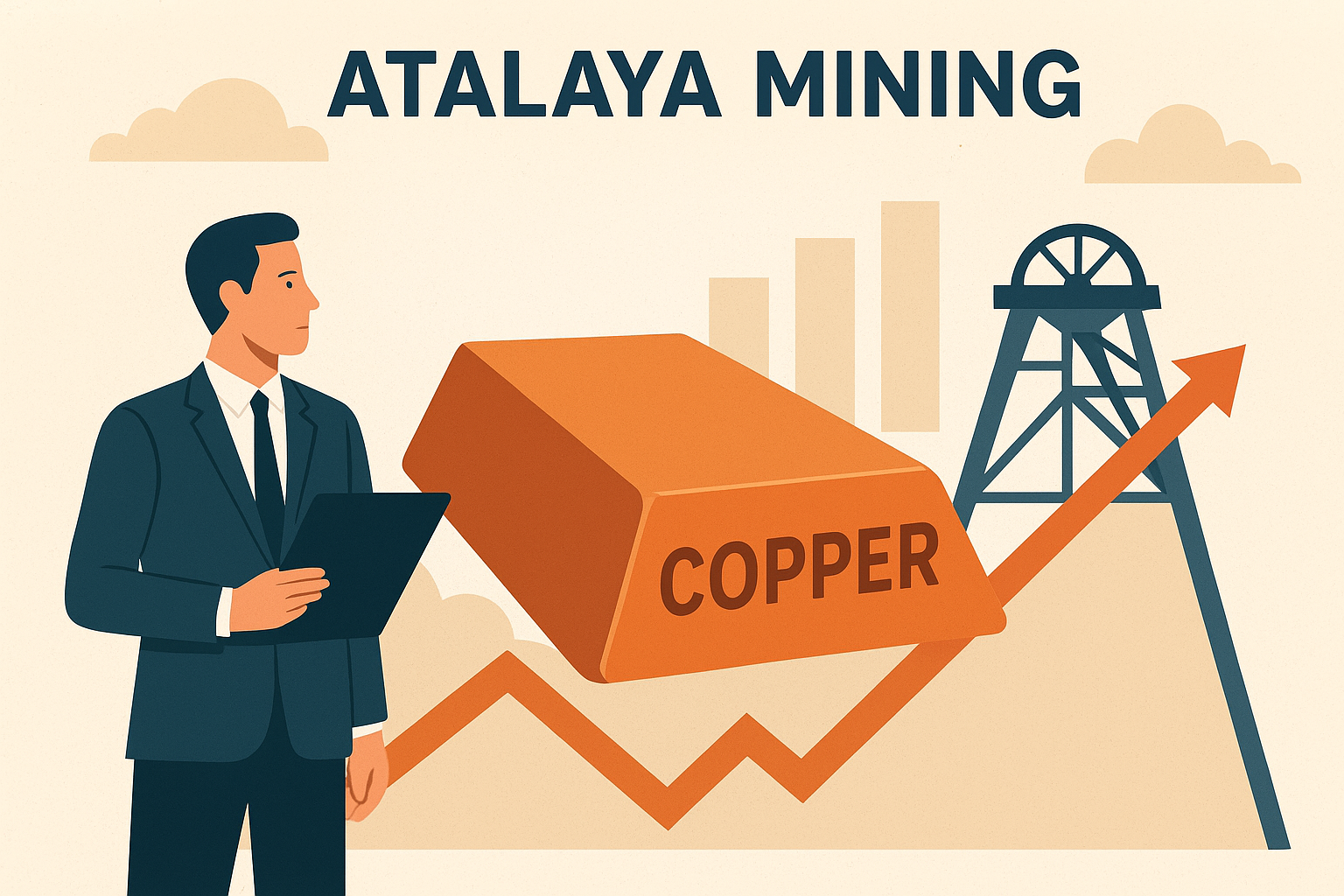Global investors are turning their attention back to nickel, a metal once overshadowed by lithium and copper in the clean energy race. But now, a convergence of policy shifts in Indonesia — the world’s largest nickel producer — and tightening conditions on the London Metal Exchange (LME) is setting the stage for a potential market squeeze that could reshape the pricing landscape heading into 2026.
After nearly two years of oversupply-driven weakness, nickel prices may finally be nearing a bottom. Analysts are flagging early indicators of a supply-side tightening as Indonesia signals new regulatory changes that could slow output growth and raise costs for producers.
Regulatory Changes Could Rebalance a Glutted Market
According to Crux Investor, Indonesian policymakers are preparing new licensing rules and stricter forestry enforcement that could disrupt mine operations and halt expansion projects as early as Q1 2026. With Indonesia accounting for more than half of global nickel supply, even modest disruptions could shift market balance rapidly.
The country’s tightening stance follows years of rapid growth in laterite mining and refining projects — many backed by Chinese capital — that flooded global markets with low-cost nickel pig iron (NPI) and mixed hydroxide precipitate (MHP). That surge pushed prices down by nearly 30% from 2023 highs, discouraging new investment in Western processing projects.
However, with upcoming environmental and permit reviews, analysts expect supply growth to stall. “If these restrictions are enforced as outlined, we could move from a surplus to a deficit in a matter of quarters,” said one Jakarta-based commodities strategist cited by Crux Investor.
LME Seeks Stability After Turbulent Years
At the same time, the London Metal Exchange — still recovering from its 2022–2023 nickel crisis — is taking steps to rebuild confidence in the metal’s tradeability. According to Reuters, the LME has reopened selected warehouses and introduced stricter margin and delivery controls, designed to restore transparency and prevent another short squeeze.
This structural reform could provide the foundation for a more stable price discovery mechanism, an essential element for institutional investors and physical traders who had turned away from LME contracts amid the chaos.
With improved oversight and reduced speculative positioning, nickel could attract renewed participation from investors seeking exposure to critical energy metals — particularly as electric vehicle (EV) demand continues to climb.
Why This Matters for Investors
The nickel market’s fundamentals are shifting. On the demand side, battery-grade nickel remains a cornerstone of high-performance EV batteries, while stainless steel still consumes roughly 65% of global nickel output. Yet oversupply in lower-grade material and slowing construction demand in China have weighed on prices through much of 2024 and early 2025.
If Indonesia’s new rules take effect and LME stabilization gains traction, nickel could reprice sharply higher — especially in high-purity classes used for EV production. This would mirror the rebound patterns seen in other battery metals like lithium, which surged after similar cyclical corrections.
In the medium term, major miners and refiners such as Vale, BHP, and Tsingshan may adjust production plans to align with tighter conditions, while emerging midstream processors in Australia, Canada, and Finland could see renewed investor interest as the world seeks diversified supply chains outside Indonesia and China.
Future Trends to Watch
- Environmental and ESG Oversight: Indonesia’s regulatory moves align with growing pressure from global investors for sustainable and traceable nickel production. This could raise costs but also support premium pricing for verified “green nickel.”
- EV Market Growth: Global EV penetration is projected to reach 24% of new car sales by 2026 (IEA data), supporting steady long-term demand for Class 1 nickel.
- Inventory Levels: Keep a close eye on LME warehouse data, which currently shows modest inventory drawdowns — an early signal that demand is catching up to supply.
- Chinese Refining Dynamics: Beijing’s approach to downstream nickel processing remains critical. Any curbs on NPI exports or environmental audits could further tighten the global market.
Key Investment Insight
Nickel’s recent price slump may represent an accumulation opportunity rather than a long-term downturn. Investors seeking exposure to the next upswing should watch regulatory developments in Indonesia and LME inventory trends closely.
Long positions in battery-grade nickel producers, or diversified miners with growing exposure to Class 1 output, could benefit from the coming structural tightening. However, caution is warranted — a sustained slowdown in Chinese manufacturing or weaker stainless steel demand could still cap upside momentum in the short term.
As global markets recalibrate around energy transition metals, nickel is emerging as the next critical metal to watch. What happens in Indonesia over the next six months could determine whether nickel remains trapped in surplus or breaks out into a new bull phase.
Stay tuned with explorationstocks.com for continuous updates, market insights, and trend analysis that keep investors ahead of the curve in commodities, critical minerals, and precious metals.






